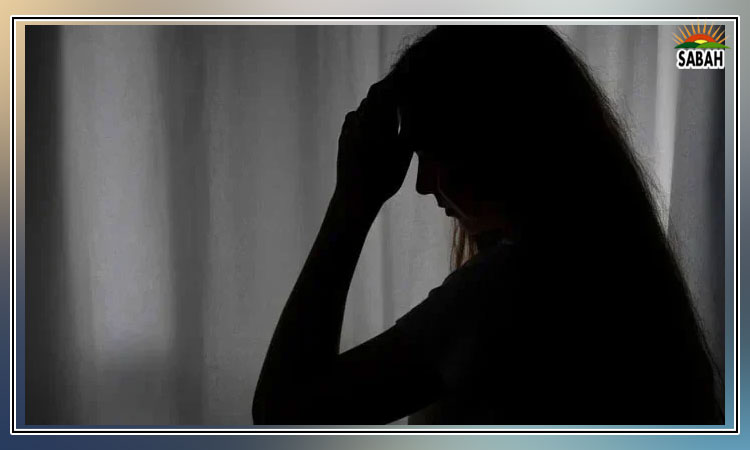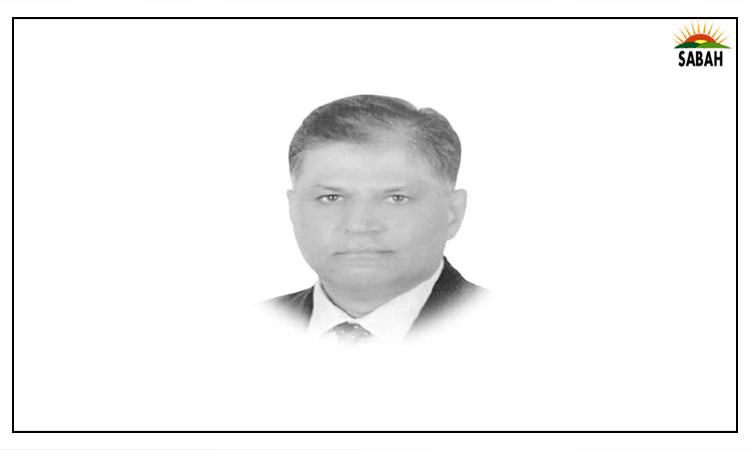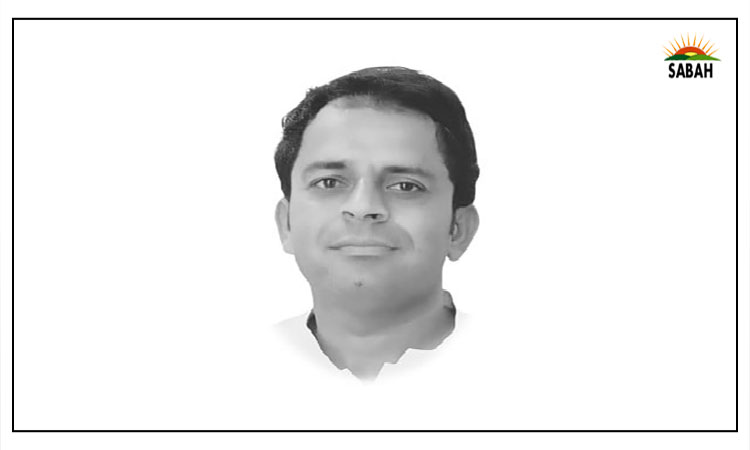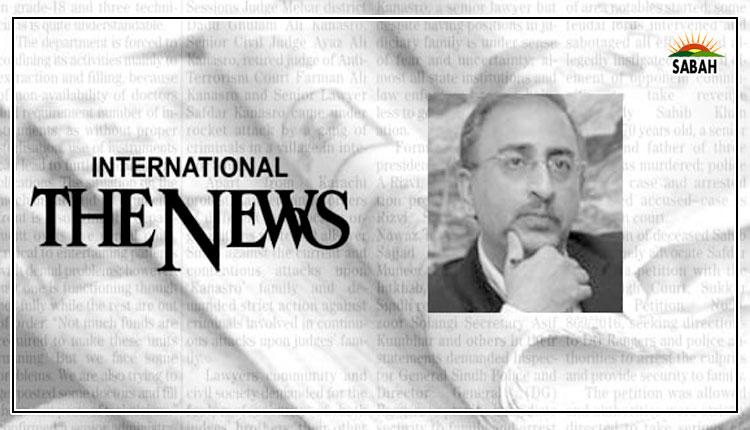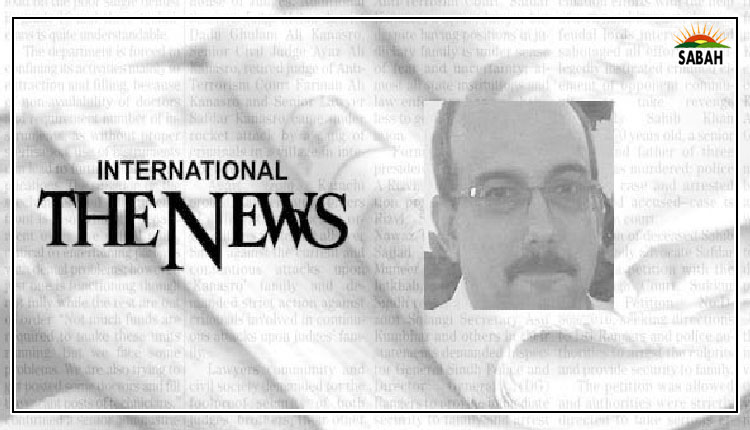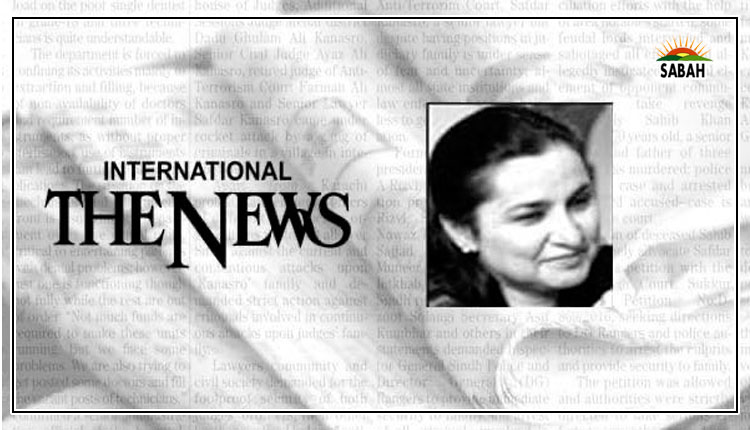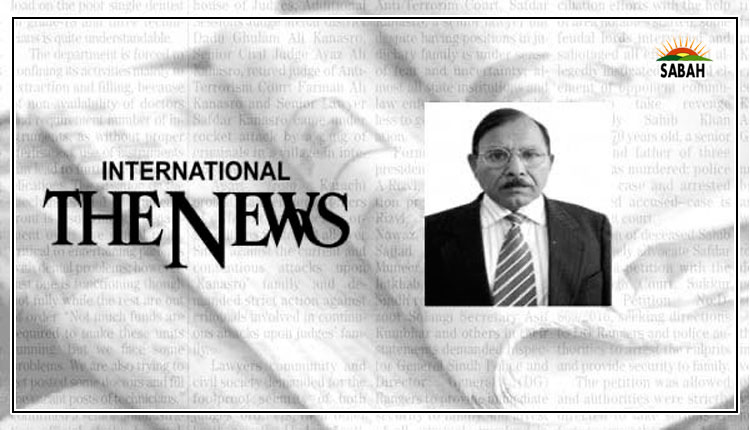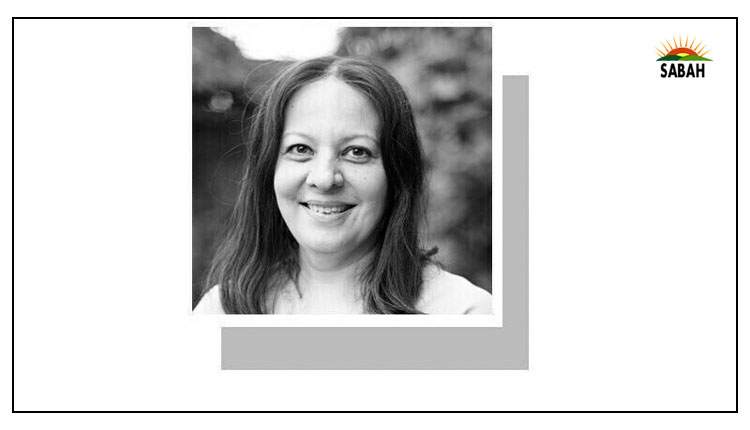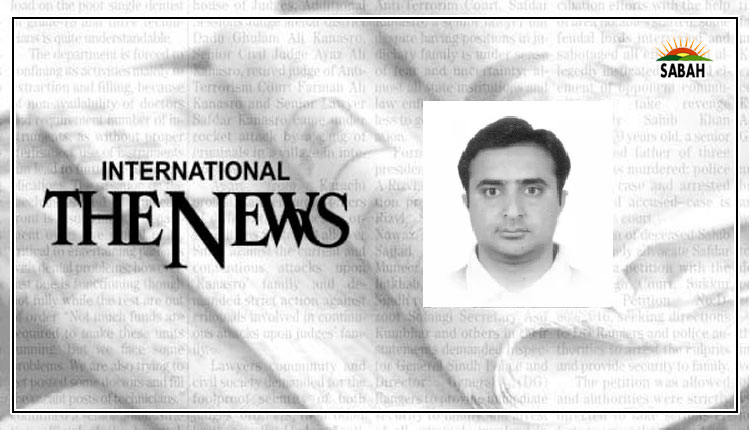BJP: south resists, north rejects…Dr Khurram Abbas
Indias Rashtriya Swayamsevak Sangh (RSS) will be celebrating its centennial in 2025. Founded in 1925, the RSS aimed at promoting Hindu nationalism and establishing Ram Rajya a Hindu state in India.
The BJP as a political offshoot of the RSS has been trying to implement Hindutva ideology in India. The BJPs political project of Hindutva was primarily based on some important promises such as construction of Ram Mandir, uniting Hindus against minorities especially Muslims and promoting the concept of Akhand Bharat. Later, abrogation of Article 370 and abolishing secularism from Indian constitution was also included in the Hindutva project.
For the past 10 years, the Modi-led BJP tried to fulfil several promises such as construction of Ram Mandir, enactment of controversial laws such as the Citizenship Amendment Act (CAA), National Registration Certificate (NRC), and abrogation of Article 370. Based on fulfilling these promises along with projecting development in economic and infrastructure sectors, the BJP hoped to secure a two-thirds majority in the 18th Lok Sabha. This majority would have empowered the party to amend the constitution as per the RSS ideology.
However, the Modi-led BJP faced unpredictable and major electoral humiliations in the 18th Lok Sabha elections. First, his dream of Ab ki baar 400 paar (this time 400-plus) could not materialize into reality. Second, he bagged 600,000 votes from his constituency way short of his slogan of Ab ki baar 10 lakh paar (this time one million plus votes for Modi).
One of the most interesting dimensions of the 18th Lok Sabha election results is south Indias resistance and north Indias rejection of the Hindutva ideology. The north-south divide in India which is largely seen through the socio-economic prism has been evident in politics too. This politics of a north-south divide also substantially impacted the last three Lok Sabha elections.
The south of India has been consistently resisting the extremist Hindutva ideology. According to the 16th Lok Sabha election results, the BJPs total seat share was 16.2 per cent in five major southern states Tamil Nadu, Kerala, Karnataka, Telangana and Andhra Pradesh. This ratio slightly improved from 16 per cent to 22 per cent in the 2019 elections, mainly because of the BJPs victory in Karnataka. The BJP retained this percentage in 2024 largely by establishing alliances with regional parties.
Most surprisingly, the northern India belt the Hindi belt which for the previous two elections supported the Hindutva ideology has shown a tendency of rejection of Modis Hindutva project. The BJP has faced major setbacks in key states of the north such as Uttar Pradesh, Rajasthan, Bihar, Jharkhand, and Haryana. In the 2019 Lok Sabha elections, the BJP secured 163 seats out of 222 in eight states of the north including Uttar Pradesh, Rajasthan, Bihar, Punjab, Jharkhand, Haryana, Madhya Pradesh, and Punjab. This figure was reduced to 134 seats out of 222, a decrease of 14 per cent seat share in the north.
Arguably, the BJP lost significant support of the Muslim and Dalit vote share in the north due to its extremist Hindutva ideology. Under the influence of his Hindutva ideology, Modis politics of hate and humiliating remarks against Muslims during his election campaign calling them infiltrators, others, etc created strong resentment against the BJP in the Muslim community. Further, the BJPs intentions and overt statements of top leadership including PM Modi regarding the constitutional amendment and removing the quota for the Scheduled Castes (SCs) further injected fear and united Dalit (SC) and Muslim communities against the party.
Muslim and Dalit communities have significant vote share in several key states of northern India. As per the 2011 census, Muslims and Dalits collectively make 40.4 per cent of the total population of Uttar Pradesh. Similarly in Jharkhand and Bihar, both communities comprise 26.6 per cent, and 32.6 per cent, respectively. In these aforementioned states, the BJPs seat share has reduced from 67 per cent to 41 per cent a loss of 34 seats.
Since Modi is poised to take oath for his third consecutive term, he will be facing rather daunting domestic political challenges. He might have to compromise on several issues with his allies. He will also have to face a stronger, vibrant and confident opposition in the Lok Sabha. And, third, he will be facing pressure from within his party to revive the BJPs popularity in the north of India through populist decisions.
Modi will thus try to alter the implementation strategy of the Hindutva project. This alteration could be called Hindutva 2.0 which would be based on a smart approach, a combination of soft and hard approaches. Domestically, Modi might apply a softer approach towards Muslim and Dalit communities to appease them for prospective electoral gains. With this approach, he can also improve the BJPs electoral presence in the south, which is not receptive to the extremist Hindutva ideology.
Similarly, he might put Hindutvas fascist tendencies and ideology on the backburner and focus on finding an external enemy, most likely Pakistan, to divert the attention of people, opposition and NDA allies to not only complete his tenure but also garner popular support in the north. In the past, the Modi-led BJP adopted an aggressive approach towards Pakistan. This is a time-tested strategy for Modi and the BJP both. The February 2019 Pakistan-India tensions helped the BJP in improving its vote share from 31 per cent in 2014 to 37 per cent 2019.
To conclude, the RSS has shown patience for almost nine decades for the political and legal implementation of its Hindutva ideology. This is why the Modi-led BJPs tactical retreat, altering its implementation strategy and adaptability according to the changing political dynamics for their greater cause of Ram Rajya would be acceptable to the RSS.
Courtesy The News


